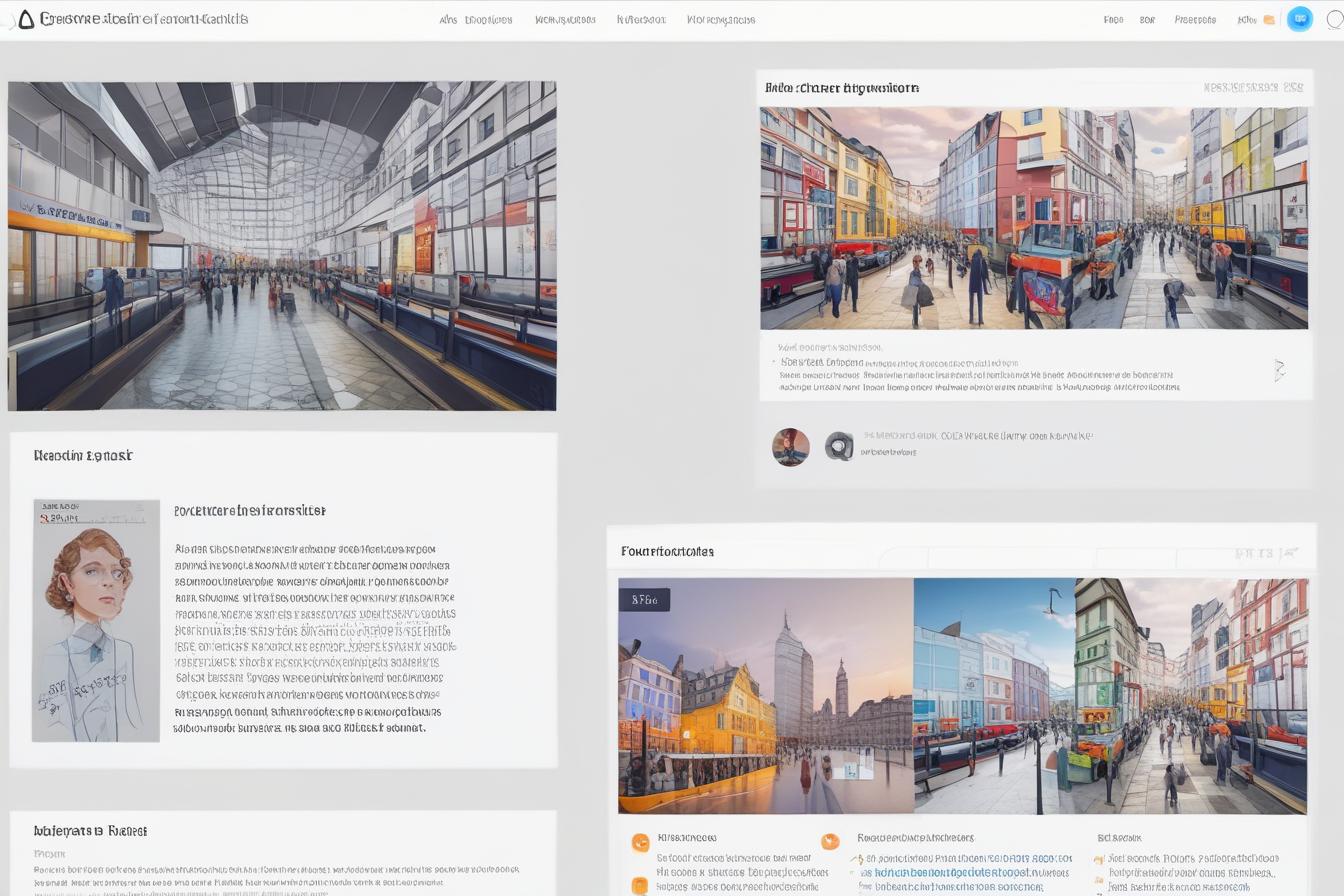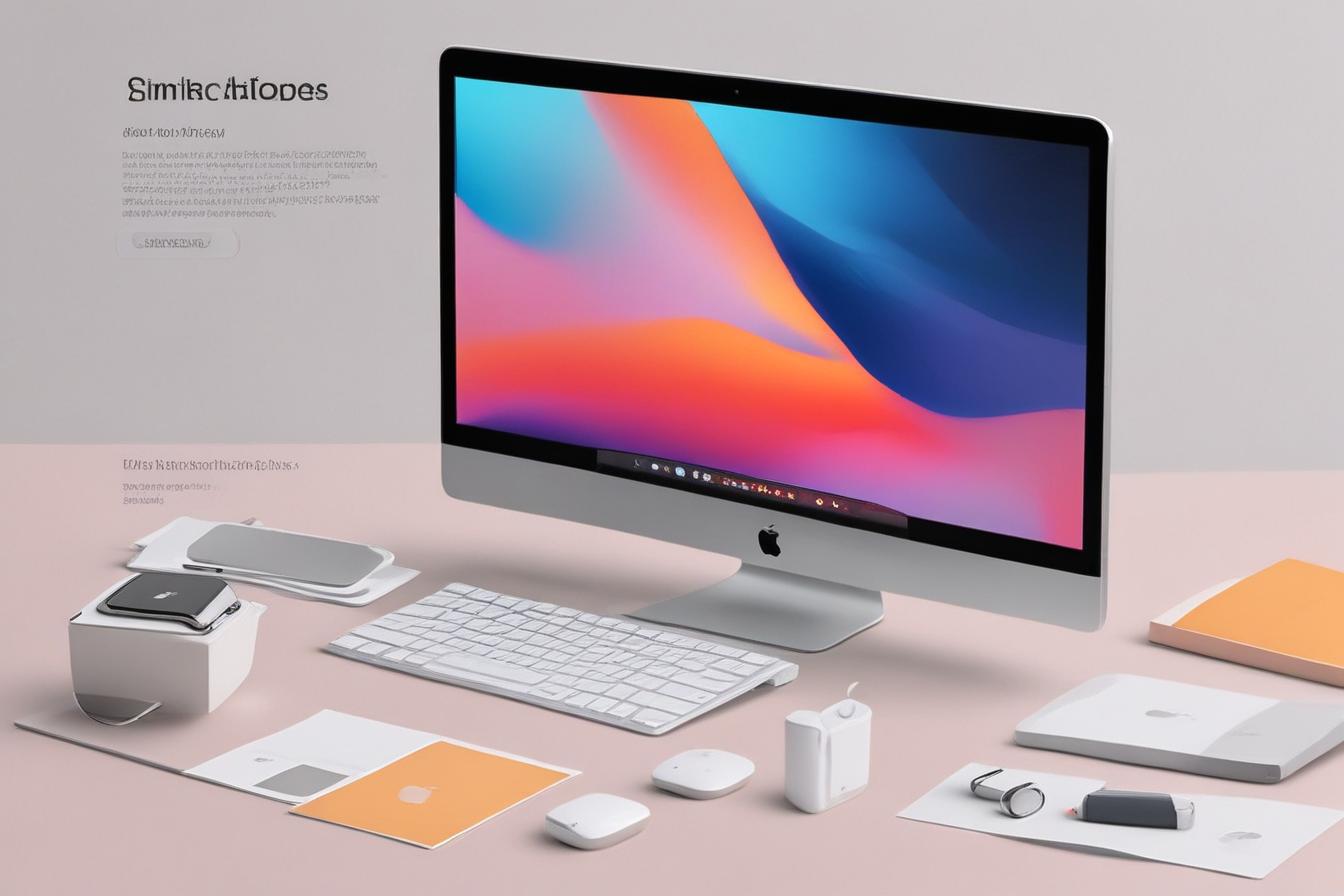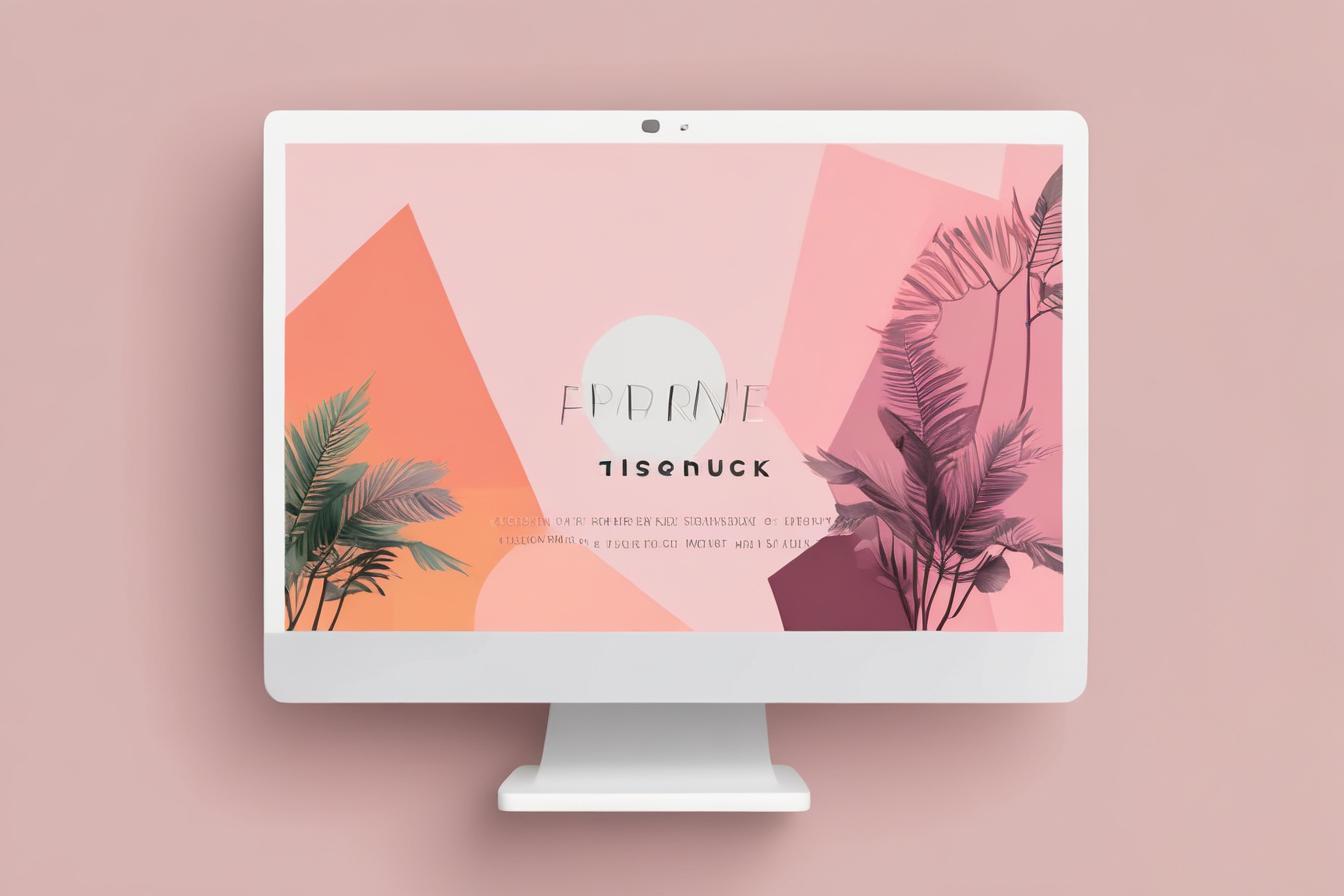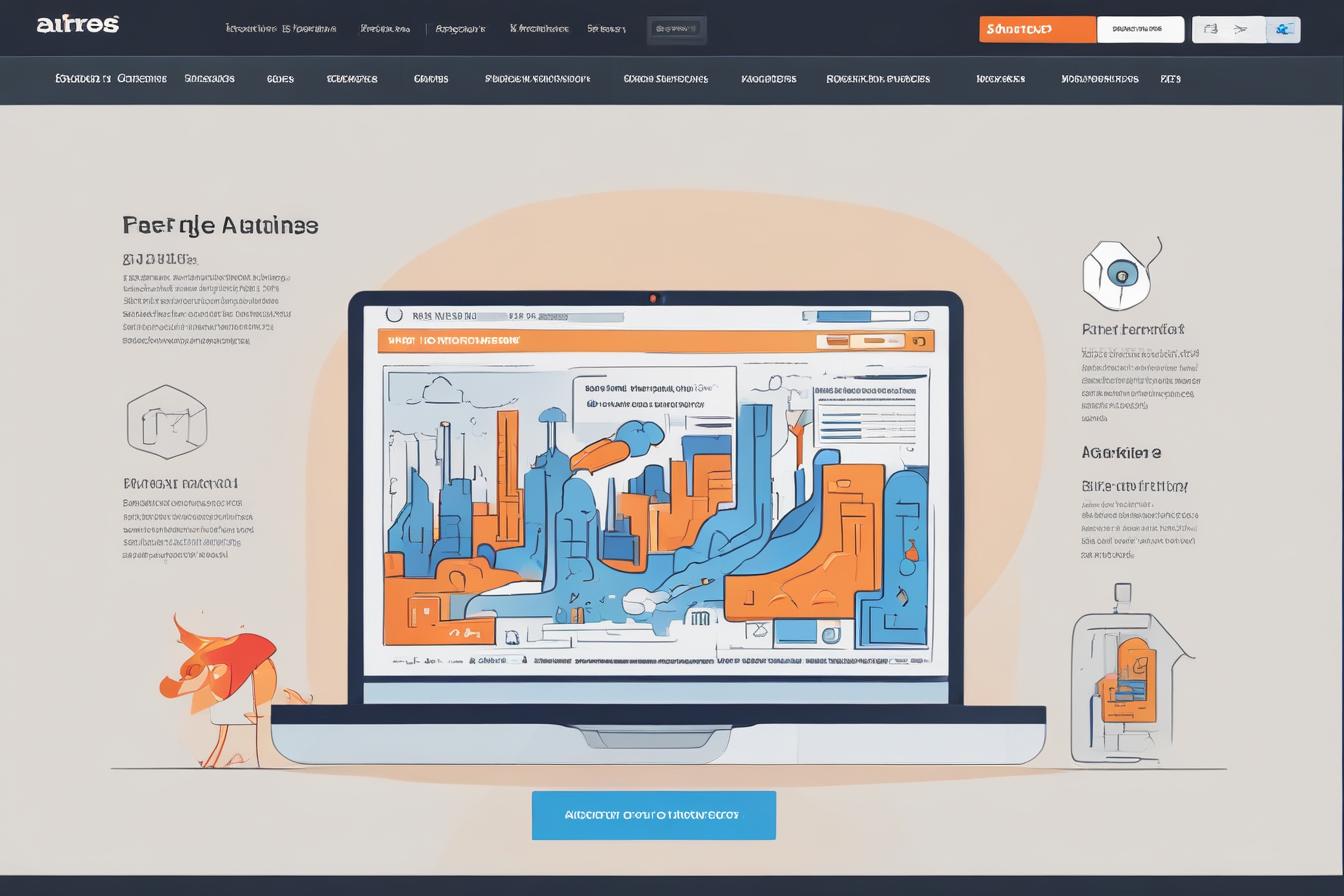What is Minimalist Content Design?
In the fast-paced world of digital marketing, where attention spans are fleeting and competition is fierce, minimalist content design has emerged as a powerful strategy for capturing and retaining your audience’s focus. By embracing the mantra « less is more, » this approach strips away unnecessary clutter and distractions, allowing the core message and value proposition to take center stage.
Cutting Through the Noise
With the ever-increasing deluge of content vying for our attention online, minimalist design serves as a refreshing oasis in a sea of information overload. By eliminating excessive text, intrusive ads, and superfluous elements, this design philosophy creates a clean and uncluttered experience that allows users to effortlessly navigate and consume the most essential information.
Elevating the User Experience
Beyond its visual appeal, minimalist content design prioritizes user experience by ensuring content is easily scannable, digestible, and accessible across various devices and platforms. This approach aligns with the modern consumer’s preference for concise, direct communication that respects their time and attention.
For businesses looking to optimize their content strategy and drive higher conversions, ContentScale.fr offers an AI-powered solution that generates SEO-optimized articles at a fraction of the cost of traditional content creation methods. By leveraging advanced artificial intelligence, ContentScale.fr empowers businesses to produce high-quality, minimalist content at scale, saving time and resources without sacrificing quality or search engine visibility.
Benefits of a Minimalist Design Approach
Embracing a minimalist approach to content design yields numerous benefits that can significantly impact your online presence and bottom line. Here are some key advantages:
Enhanced User Engagement
Uncluttered and visually appealing designs are more inviting and engaging for users. By removing distractions and focusing on the essentials, minimalist content design helps capture and retain the user’s attention, fostering a deeper connection with your brand and message.
Improved Content Comprehension
With minimalist design, complex ideas can be conveyed more effectively through clear, concise messaging. This approach facilitates better understanding and retention of the content, ultimately driving better results for your marketing efforts.
Faster Loading Times
Minimalist designs often feature fewer resource-intensive elements, leading to faster page load times. In today’s mobile-centric world, where users expect instant gratification, a streamlined and lightweight design can significantly improve user experience and reduce bounce rates.
Greater Brand Consistency
By adhering to a minimalist design philosophy across all your digital touchpoints, you can create a cohesive and recognizable brand identity that resonates with your target audience. This consistency reinforces your brand’s credibility and professionalism, fostering trust and loyalty among your customers.
ContentScale.fr’s AI-driven content generation platform aligns perfectly with the minimalist design philosophy, enabling businesses to produce high-quality, concise, and SEO-optimized content quickly and cost-effectively, without sacrificing the attention-grabbing power of a well-crafted minimalist design.
Minimalist Web Design Best Practices
To effectively implement a minimalist design approach, it’s essential to follow industry best practices. Here are some key strategies to consider:
Prioritize Hierarchy and Visual Flow
Establish a clear visual hierarchy by strategically using typography, color, and spacing to guide the user’s eye through the content. This structured approach ensures that the most important elements receive the attention they deserve, while less critical information remains accessible but unobtrusive.
Embrace Negative Space
Negative space, or whitespace, is a crucial element in minimalist design. By intentionally incorporating ample whitespace around key content elements, you create breathing room that enhances readability and emphasizes the focal points.
Utilize Purposeful Typography
Typography plays a pivotal role in minimalist design. Choose clean, legible fonts that complement your brand’s aesthetic while ensuring optimal readability. Avoid excessive font variations and prioritize consistent, harmonious type treatments throughout your content.
Leverage Visual Cues
While minimalist design emphasizes simplicity, strategic use of subtle visual cues like icons, lines, and shapes can effectively guide users through your content. These elements should be used judiciously and consistently to enhance navigation and comprehension without overwhelming the design.
ContentScale.fr’s AI-generated content adheres to these best practices, ensuring that the resulting articles are visually appealing, easy to navigate, and optimized for maximum impact and conversions.
Using Whitespace Effectively in Content Design
Whitespace, or negative space, is a fundamental element in minimalist content design. When used strategically, it can dramatically enhance the user experience and content comprehension. Here are some effective strategies for leveraging whitespace:
Enhance Readability
Ample whitespace between lines, paragraphs, and content blocks improves readability by reducing visual clutter and allowing the reader’s eyes to effortlessly flow through the content.
Draw Attention to Key Elements
Surrounding critical elements, such as calls-to-action or product highlights, with generous whitespace can effectively draw the user’s focus and emphasize their importance.
Create Visual Rhythm
Thoughtful use of whitespace can establish a visual rhythm and cadence within your content layout, guiding the reader’s eye through the information in a logical and engaging manner.
ContentScale.fr’s AI-generated articles are optimized to incorporate whitespace effectively, striking the perfect balance between concise content and ample breathing room for optimal readability and engagement.
Creating Scannable, Easily Digestible Content
In today’s fast-paced digital landscape, users often scan content quickly before deciding whether to engage further. To cater to this behavior, minimalist content design emphasizes creating scannable and easily digestible content. Here are some strategies to achieve this:
Utilize Headings and Subheadings
Organize your content using clear headings and subheadings that accurately reflect the content structure. This hierarchical approach allows users to quickly grasp the main topics and navigate to the sections most relevant to their interests.
Implement Bullet Points and Lists
Break down complex information into concise bullet points or numbered lists. This format enhances scannability and makes it easier for users to quickly consume and retain key points.
Incorporate Visual Elements
Strategically placed visuals, such as images, icons, or infographics, can effectively break up text-heavy sections and provide visual cues that reinforce the content’s message. However, exercise restraint and ensure visuals complement, rather than detract from, the minimalist design.

ContentScale.fr’s AI-driven content generation platform excels at producing scannable and easily digestible articles that adhere to minimalist design principles, ensuring your content captures and retains your audience’s attention.
Minimalist Content Design Examples that Convert
To illustrate the power of minimalist content design, let’s examine a few real-world examples that have achieved remarkable conversion rates through their clean, uncluttered approach:
Apple
Apple is a true pioneer in minimalist design, and their product pages exemplify this philosophy. With a focus on high-quality visuals, concise product descriptions, and strategic whitespace, Apple’s content design compels users to engage with their products and ultimately convert.

Squarespace
Squarespace, a leading website building platform, has mastered the art of minimalist content design on their marketing pages. By highlighting key features and benefits with clear headings and ample whitespace, Squarespace effectively communicates the value of their offering, driving conversions and sign-ups.

Ahrefs
In the competitive SEO software space, Ahrefs stands out with their minimalist approach to content design. Their blog articles and product pages feature clean layouts, strategic use of visuals, and scannable content that effectively educates and converts visitors into customers.

These examples demonstrate the power of minimalist content design in driving conversions across various industries and product offerings. By prioritizing clarity, simplicity, and user experience, businesses can effectively capture and retain their audience’s attention, ultimately leading to increased engagement and conversions.
Conclusion
In the ever-evolving digital landscape, where attention spans are short and competition is fierce, minimalist content design emerges as a powerful strategy for cutting through the noise and captivating your audience. By embracing the mantra « less is more, » this approach strips away unnecessary clutter and distractions, allowing your core message and value proposition to take center stage.
With its emphasis on clean layouts, strategic use of whitespace, and scannable content, minimalist content design not only enhances the user experience but also fosters better comprehension and engagement. By leveraging the power of AI-driven content generation tools like ContentScale.fr, businesses can effortlessly produce high-quality, minimalist content at scale, saving time and resources while driving higher conversions.
Don’t let your content get lost in the digital clutter. Embrace the principles of minimalist content design and let ContentScale.fr be your partner in creating compelling, conversion-focused content that resonates with your audience. Visit ContentScale.fr today and experience the power of AI-driven, minimalist content design for your business.
